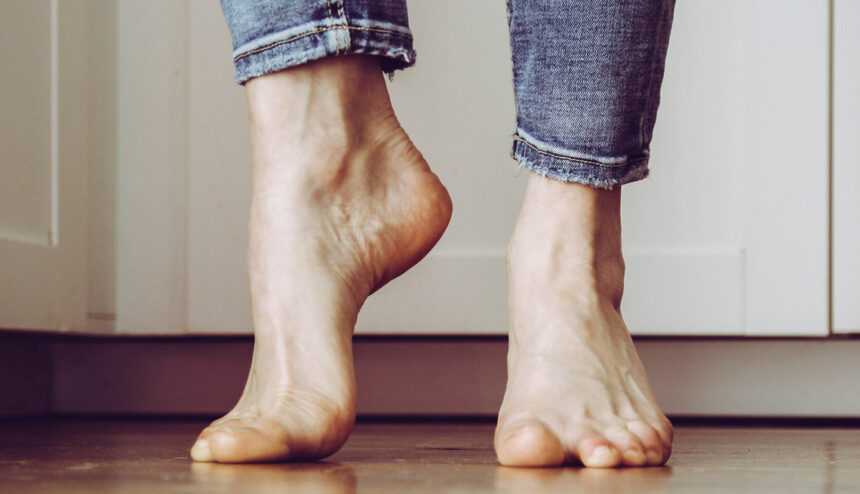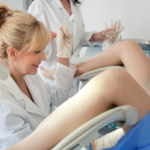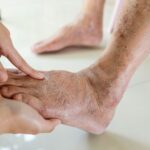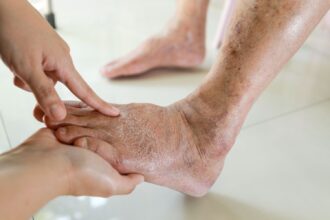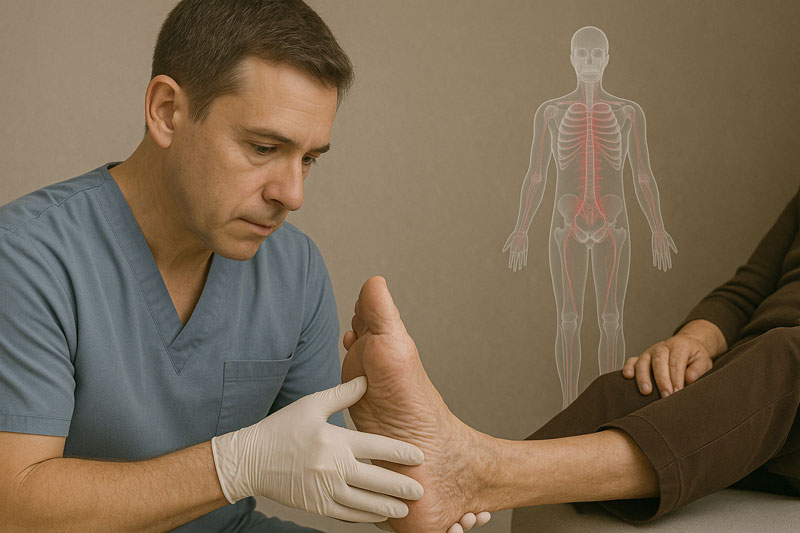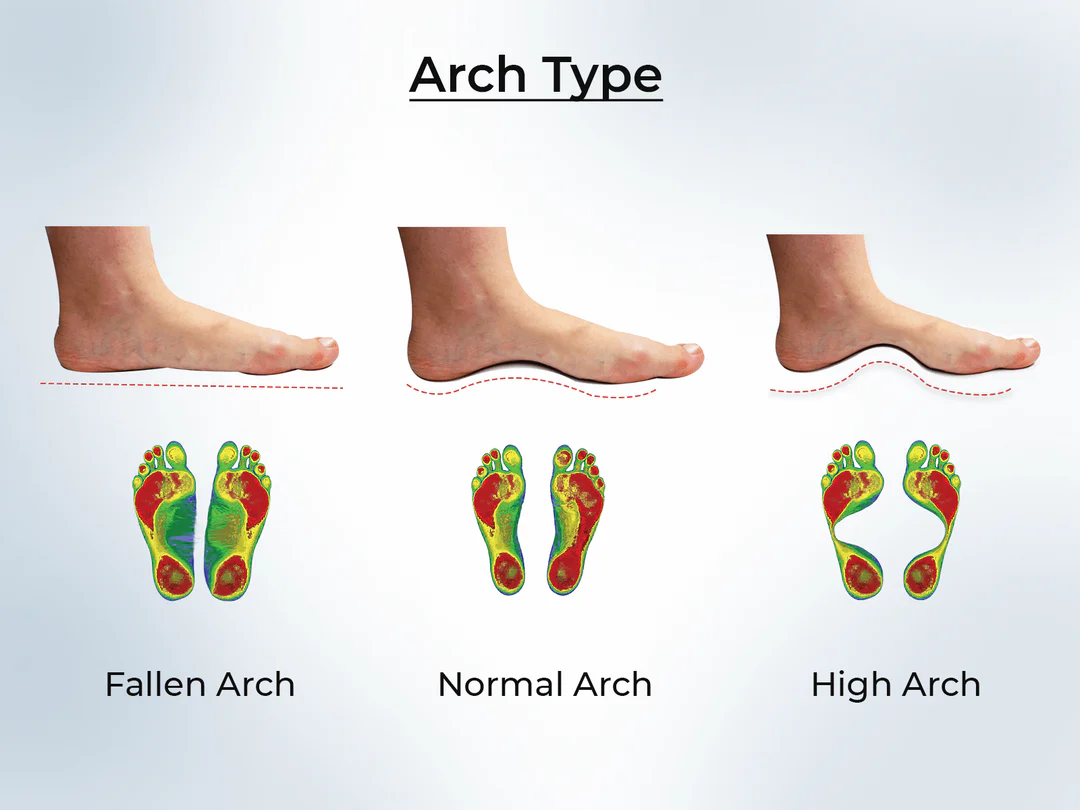Your feet carry you through life, yet they’re often the most neglected part of your body. From walking and standing to exercising and working, your feet endure a lot. It’s no wonder foot problems are so common—and when left untreated, even minor issues can affect your mobility and quality of life.
In this guide, we’ll explore the most common foot problems, their symptoms and causes, and effective treatment options, including when to see a podiatrist.
🦶 1. Plantar Fasciitis
🔹 What It Is:
Plantar fasciitis is the inflammation of the thick band of tissue (plantar fascia) that runs across the bottom of your foot, connecting your heel bone to your toes.
🔹 Symptoms:
- Sharp pain in the heel (especially in the morning)
- Stiffness after long periods of standing or rest
- Discomfort that decreases with movement
🔹 Causes:
- Flat feet or high arches
- Tight calf muscles
- Overuse from running or walking
- Improper footwear
🔹 Treatment:
- Rest and ice
- Stretching exercises
- Supportive footwear or orthotics
- Night splints
- Physical therapy
- Corticosteroid injections (in chronic cases)
👣 2. Bunions (Hallux Valgus)
🔹 What It Is:
A bunion is a bony bump that forms at the base of the big toe, causing it to lean toward the second toe.
🔹 Symptoms:
- Swelling, redness, or pain at the joint
- Difficulty wearing shoes
- Restricted movement of the big toe
🔹 Causes:
- Genetics
- Poorly fitting shoes
- Arthritis
- Flat feet
🔹 Treatment:
- Proper footwear with a wide toe box
- Padding or bunion splints
- Anti-inflammatory medications
- Surgery (for severe deformities)
🧦 3. Athlete’s Foot (Tinea Pedis)
🔹 What It Is:
A contagious fungal infection that affects the skin on the feet, often between the toes.
🔹 Symptoms:
- Itching, burning, or stinging
- Red, cracked, or peeling skin
- Foul odor
🔹 Causes:
- Damp shoes or socks
- Walking barefoot in public areas (e.g., gyms, pools)
- Poor hygiene
🔹 Treatment:
- Over-the-counter antifungal creams or powders
- Keeping feet dry and clean
- Wearing breathable socks and shoes
- Prescription medication for persistent cases
👟 4. Heel Spurs
🔹 What It Is:
Heel spurs are calcium deposits that cause a bony protrusion on the underside of the heel bone, often associated with plantar fasciitis.
🔹 Symptoms:
- Sharp pain in the heel, especially with first steps
- Tenderness
- Inflammation and swelling
🔹 Causes:
- Strain on foot muscles and ligaments
- Repetitive stress (e.g., running, jumping)
- Improper footwear
🔹 Treatment:
- Stretching exercises
- Ice and rest
- Orthotic inserts
- Physical therapy
- Surgery (rarely necessary)
🦶 5. Flat Feet
🔹 What It Is:
A condition where the arches of the feet collapse, causing the soles to touch the ground completely.
🔹 Symptoms:
- Foot pain and fatigue
- Swelling along the inside of the ankle
- Difficulty standing on tiptoes
- Overpronation when walking
🔹 Causes:
- Genetics
- Injury
- Aging
- Weak arches or muscle dysfunction
🔹 Treatment:
- Supportive shoes and arch supports
- Stretching and strengthening exercises
- Weight management
- Custom orthotics
- Surgery (for severe or painful cases)
👣 Basic Foot Care Tips for Prevention
- 👟 Wear proper footwear that fits well and supports your arches
- 🧼 Wash and dry your feet daily, especially between the toes
- ✂️ Trim toenails straight across to prevent ingrown nails
- 🧦 Change socks daily and wear moisture-wicking materials
- 🚫 Avoid walking barefoot in public places
- 📅 Schedule regular foot check-ups, especially if you have diabetes
🙋 8 Unique FAQs About Common Foot Problems
Q1: Can foot pain affect posture or back pain?
A: Absolutely. Foot misalignment can cause issues in the knees, hips, and spine due to poor posture and gait.
Q2: How do I know if I need custom orthotics?
A: If you experience chronic foot, ankle, or knee pain, a podiatrist can assess your gait and recommend orthotics.
Q3: Is it okay to wear flip-flops regularly?
A: Not recommended. They lack arch support and can lead to heel pain or tendonitis over time.
Q4: When should I see a podiatrist?
A: If foot pain persists for more than a few days, worsens, or affects your mobility, see a specialist.
Q5: Are home remedies effective for bunions?
A: They can relieve pain but won’t reverse the deformity. Surgery is the only permanent fix for advanced bunions.
Q6: Can children get flat feet?
A: Yes, and it’s often normal in toddlers. However, persistent pain or mobility issues should be evaluated.
Q7: How can I prevent athlete’s foot from recurring?
A: Maintain good foot hygiene, keep feet dry, and avoid sharing footwear or towels.
Q8: Can foot problems be a sign of other health conditions?
A: Yes. Diabetes, arthritis, and circulatory issues often show early symptoms in the feet.
🌟 Conclusion: Take a Step Toward Better Foot Health
Your feet are your foundation—don’t ignore them. Whether you’re dealing with heel pain, fungal infections, or structural issues like flat feet, early diagnosis and proper care can prevent long-term problems and improve your quality of life.
If foot discomfort is interfering with your daily routine, don’t wait—a visit to a podiatrist can get you back on your feet, pain-free and confident.


